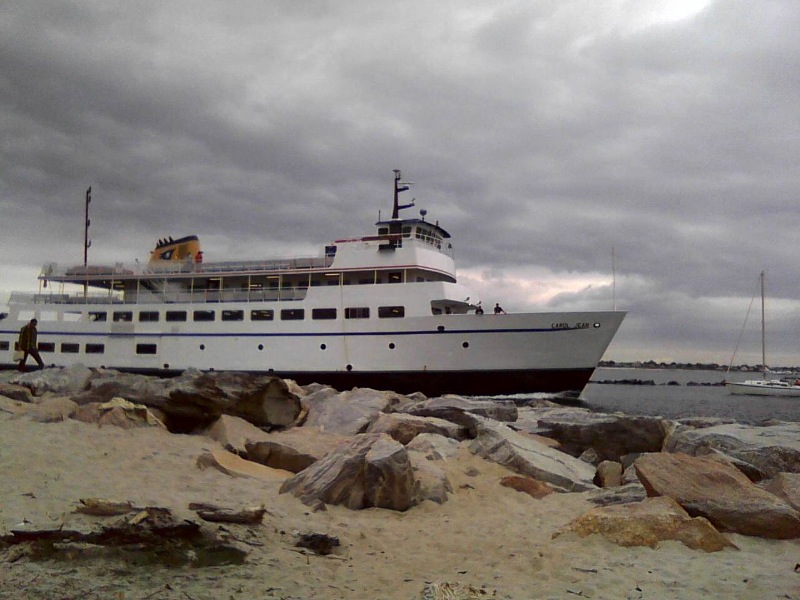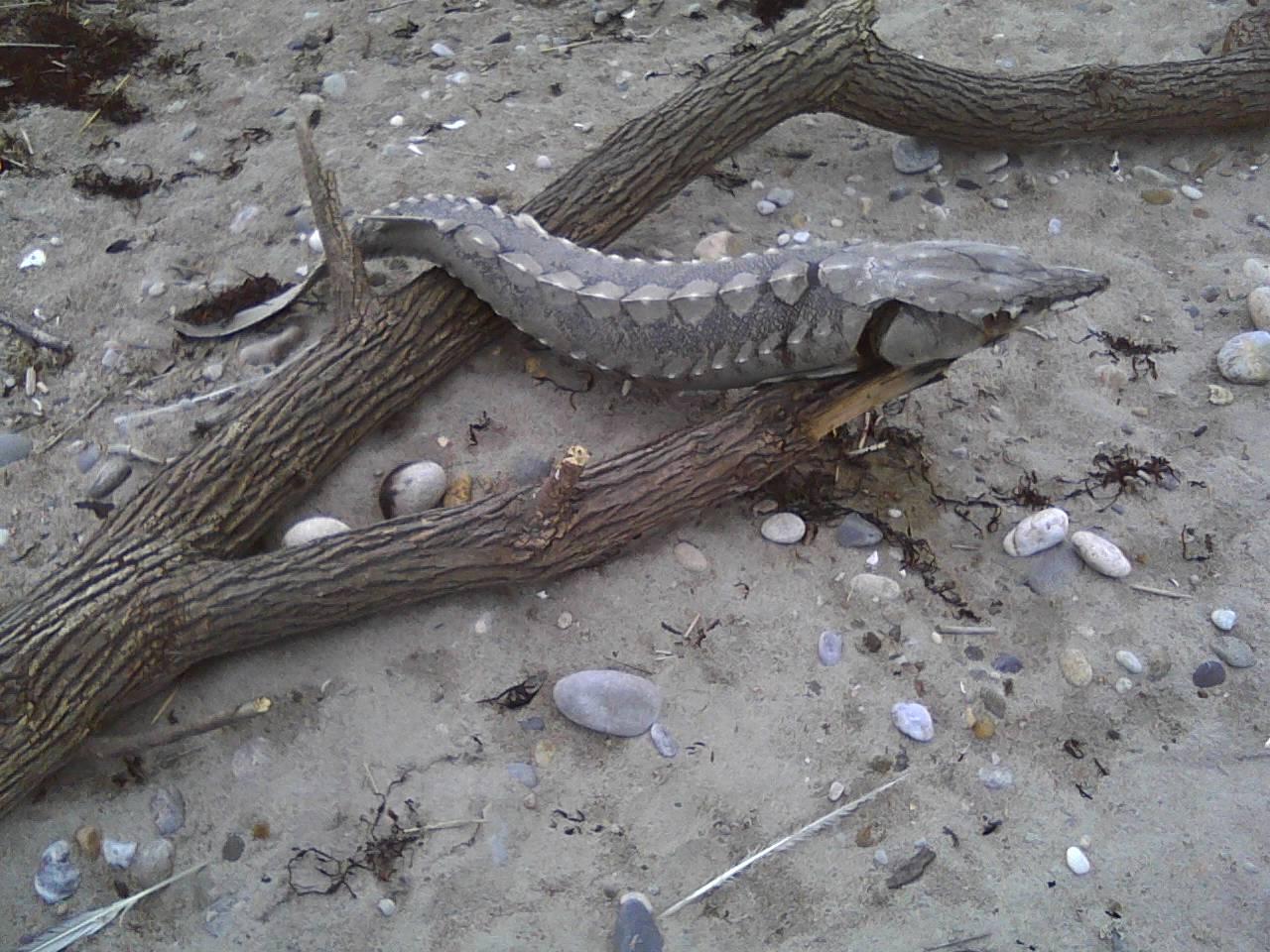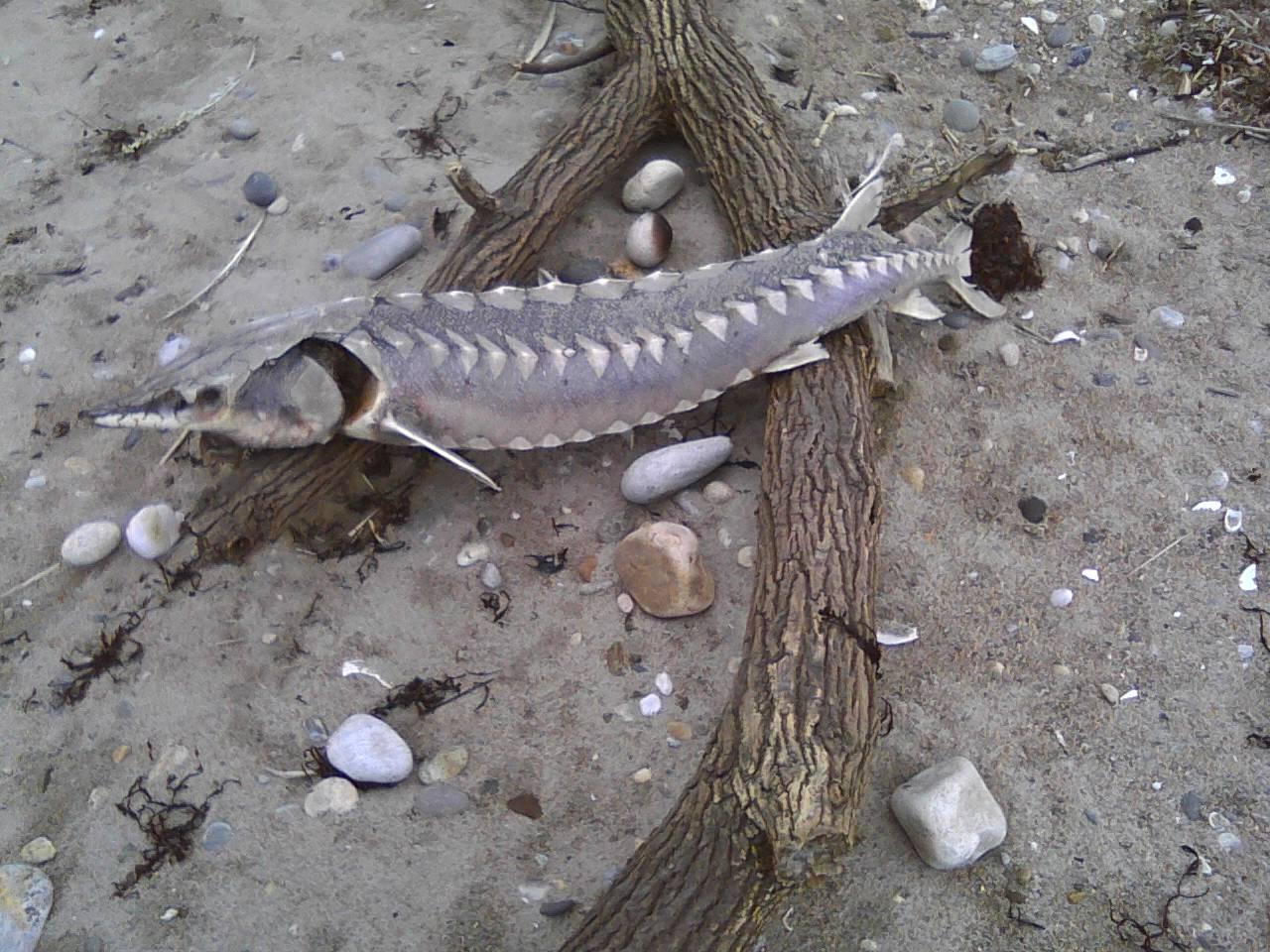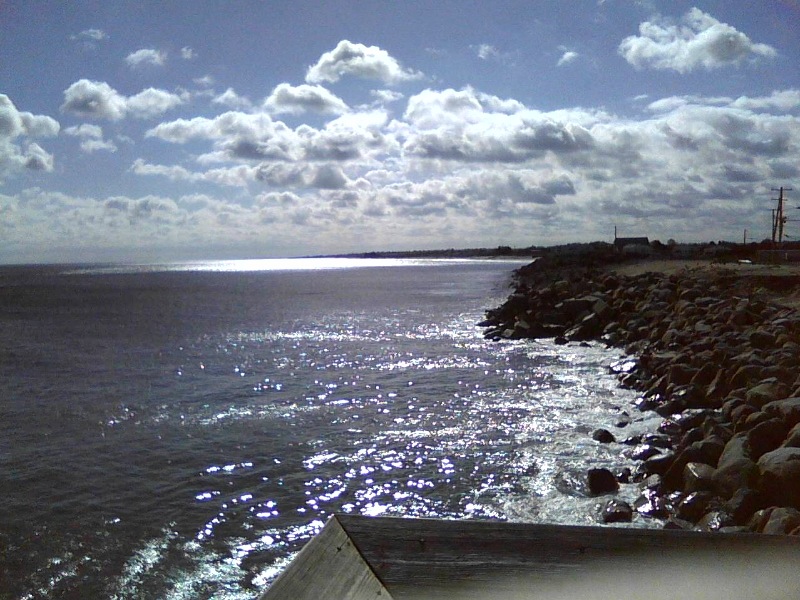Earlier this summer, Nonnie and I were walking at East Matunuck State Beach, our weekly routine year round. There are few better places to carve a path in the sand. The same sky and the same ocean never look the same, and the time of day and season change the interplay of wind and sun and cloud and shadow in infinite ways. Head east toward the houses on perilous perch, the breakwater, the channel that cuts between Galilee and Jerusalem. It’s good luck to reach the breakwater rocks just as the Block Island ferry
passes by. Touch a rock with the tip of a foot, turn around, and head west, where the Ocean Mist beckons from around a bend. The west end in early summer is where you’ll see the partitioned section protecting the piping plovers. Stand a while at the braided nylon rope and let your eyes focus to the pale grays of stone and sand, and you’ll see a plover baby, a ball of fluff on toothpick legs, scooting across the arid plain.
It was walking by the west end earlier this summer when we saw an oddly colored and oddly shaped object draped, purposefully, it seemed, on a length of driftwood. Approaching, we grew apprehensive. A bizarre, unsettling sculpture? What the…. It looked organic. What is that? It was a fish. Is that a fish? What the….
I took two pix with my cellphone, later sending them to Nick’s iPhone so he could e-mail them to my Mac at home. (Thanks, Nick!) Visuals recorded, we took a close look at what we were seeing. About four and half feet long. Armor-like plates rather than scales. Bony protuberances aligned in rows. Nightmarish snout. Downright prehistoric, we agreed.
Once home, I knew we could find out what this critter was through the University of Rhode Island, which has a terrific Marine Biology program. I fired off an e-mail to Professor Jacqueline F. Webb, the program coordinator. Here’s her reply to what we sent:
“Absolutely a sturgeon! Likely Atlantic – you can tell from the shape of the tail and the configuration of the plates on the body. I get a call about once a year about a sturgeon on the beach. They are locally occurring marine/freshwater migrators of sorts.”
I also wrote my friend Laura Chavanne, in Boston, a keen student of “dudes.” She replied immediately:
“AWESOME! Congratulations on this important scientific discovery!”
A few days later I wrote back to Professor Webb:
“I’ve been reading about the sturgeon since we last corresponded. Little changed in 200 million years? They must be doing something right, and consistently. So they can manage to create hybrid spawn across genera? As an English major, I’m little versed in this curious aspect of reproduction. Do other fresh water and salt water dwellers manage
this? An interesting evolutionary ability. Yet they mature late in their life span–so there must be plenty of food for them, and in locations relatively free of predators. Except for humans, who have hurt them badly. Also interesting. As for polyploidy–well, I’m going to have to spend some time with that concept. It’s past my understanding at the moment, but I’ll crack that shell in time.
“Back to English: I don’t know if you’ve read The Girl with the Dragon Tattoo and the two sequels, or seen the three motion pictures (the movies I recommend; the books not so much), but there’s a parody in Sweden called The Girl with the Sturgeon Tattoo. I predict the sturgeon is about to go mainstream!
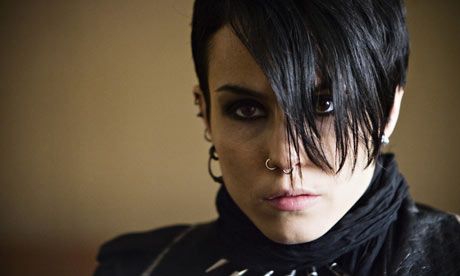
Noomi Rapace, exquisite as Lisbeth Salander, in the splendid Swedish films based on Stieg Larsson's trilogy (google image)
“Our species was anadromous, I presume. Where might it have come from? Any ideas? Thanks so much for getting me into this!”
Here was her reply:
“Yes, they are quite ancient and interesting. Here’s a site I found that addresses your questions: http://www.ct.gov/dep/cwp/view.asp?A=2723&Q=325960
“Anadromy – the site above indicates that the only river that has a normally spawning population of Atlantic sturgeon is the Hudson, so the one you saw may have been looking for a river, but didn’t succeed.
“Hybrids across genera – rare among fishes (and in all animals), especially since chromosome numbers vary among different species (that messes things up when egg and sperm meet).
“Polyploidy – most animals have one set of chromosomes from mom, another from dad, so they are considered 2n. A polyploid organism is 3n or 4n due to chromosome duplication some time in their evolutionary history – some salmon are polyplid, too.
“For all that you ever wanted to know about fish – to search by common or scientific name, see: www.fishbase.org (approved by fish people). Also, the RIDEM site has a good series of pages on fishes of Rhode Island. See: http://www.dem.ri.gov/programs/bnatres/fishwild/index.htm
“Hope that helps!”
Indeed, it helps. Mystery solved. Thanks so much, Professor Webb! I will treat you to a dozen raw bivalve mollusks!
By the way, having mentioned the Ocean Mist, here’s a recent pic taken from the deck, looking west. What’s not to love? A great big thank-you to daughter Liz for e-mailing my cellphone pix of the Ocean Mist, Matunuck Oyster Bar, and the Block Island ferry via her iPhone.

